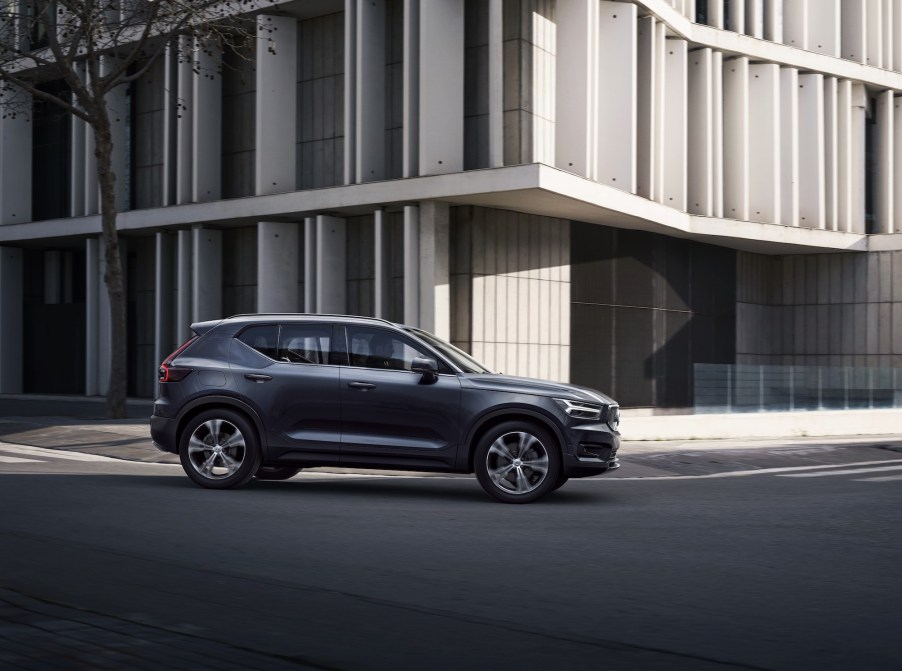
Are Electric Vehicles Safer Than Gas-Powered?
Are electric vehicles safer? The Insurance Institute for Highway Safety has analyzed the injury claims of all-electric vehicles. It has determined that injuries are less common with EVs than with gas-powered vehicles. The findings coincided with the release of the 2021 Volvo XC40 Recharge and Ford Mustang Mach-E safety ratings.
Volvo’s Recharge received a Top Safety Pick + award which is the top safety ranking given by the IIHS. Ford’s Mustang Mach-E received the one-notch-down Top Safety Pick. The Volvo joins the Tesla Model 3, Audi e-tron, and e-tron Sportback as Top Safety Pick + award winners in 2021.
Rates of accidents were over 40% lower for EVs

Both the IIHS and Highway Loss Data Institute looked at nine electric and ICE-powered vehicles made between 2011 and 2019. They factored in a collision, property damage liability, and injury claims. Both studies found that rates of accidents were over 40% lower for EVs. The HLDI found similar results with an earlier study that looked at hybrid vehicles.
In that study, the HLDI suggested that part of the reason for the EV’s lower injuries might be due to the weight of the batteries. A heavier car exposes passengers to lower forces in crashes. “Weight is a big factor,” says Matt Moore who is HLDI vice president. “Hybrids on average are 10% heavier than their standard counterparts. This extra mass gives them an advantage in crashes that their conventional twins don’t have.”
EVs are at a greater advantage due to the added weight

Of course, if Hybrids are at an advantage then EVs should be at a greater advantage due to the added weight above what hybrids weigh. For example, the Volvo Recharge weighs 4,787 libs., while the Mach-E comes in at 4,516 lbs. The downside to added weight would be having to carry around that extra heft.
Having the extra weight means it’s not as efficient as a lighter-weight vehicle. Still, this means as we transition into electrification, future consumers won’t need to make compromises for EV ownership.
“It’s fantastic to see more proof that these vehicles are as safe as or safer than gasoline- and diesel-powered cars,” says IIHS President David Harkey. “We can now say with confidence that making the U.S. fleet more environmentally friendly doesn’t require any compromises in terms of safety.”
A larger size favorably adds 8-9% safer outcomes from an impact

The IIHS has found in the past that heavier vehicles will typically push a lighter-weight car backward in a head-on collision. A larger size favorably adds 8-9% safer outcomes from an impact. Extra mass gives a 20-30% advantage in avoiding fatalities in a severe crash.
But weight doesn’t contribute to safety in all circumstances. In snowy conditions, the added weight puts drivers at a disadvantage. That’s because the momentum from the added weight means it takes longer to stop. And it also means that you’ll be going faster at the moment of an impact than you would under the same conditions in a lighter car.



